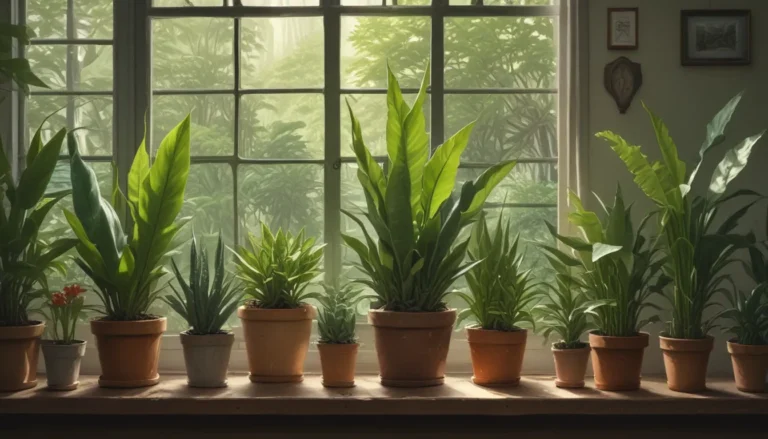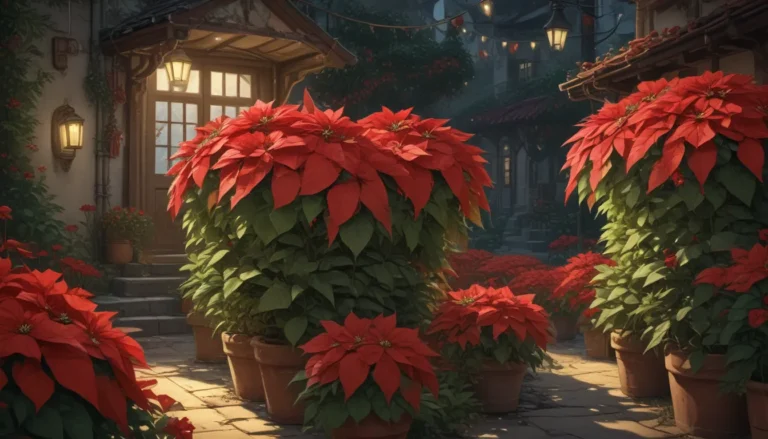How to Successfully Divide and Transplant Salvia: A Comprehensive Guide for Gardeners

Salvias hold a special place in many gardeners’ hearts, myself included. With their earthy aromas, vibrant colors, and delicate foliage, they truly add a magical touch to any garden. Whether you grow them for their culinary, medicinal, or purely aesthetic purposes, knowing how to divide and transplant your salvia plants is essential for their health and vitality.
In this in-depth guide, we will explore everything you need to know about this process, from when to divide your plants to caring for them post-transplantation. So grab your gardening tools and get ready to embark on a journey to transform your salvia garden!
Why Divide and Transplant Salvia
Dividing your salvia plants serves several purposes, including controlling the size of overgrown plants, rejuvenating tired-looking ones, and propagating new plants from existing ones. This process allows you to create a healthier, more vibrant garden while expanding your salvia collection.
When to Divide Salvia
To ensure the success of the division and transplantation process, it’s important to choose the right time of year. Spring or fall when the plant is dormant is ideal for dividing salvia plants. This allows the plant to focus its energy on establishing new roots and leaf growth without added stress.
Avoid dividing salvia while it’s flowering or during hot, dry weather, as this can harm the plant. Aim for early spring for the best results, and make sure to prepare your plants by removing faded blooms and providing consistent watering in the preceding months.
How to Prepare for Division
Before diving into the division process, it’s essential to gather the necessary tools and supplies:
- Shovel
- Sharp cutting tool
- Pots or containers (if transplanting)
- Potting soil (for container-growing)
- Compost (for heavy clay soil)
- Watering can or hose
Plan where you want to transplant the divisions in your garden, ensuring they receive adequate sunlight and good drainage. Prepping the holes beforehand minimizes root exposure time and promotes successful transplantation.
Dividing Your Salvia Plant: Step by Step
Dividing your salvia plants is a straightforward process when done correctly. Follow these steps:
- Use a shovel to dig around and lift the plant out of the ground.
- Loosen the soil on the root ball and identify natural points of division.
- Tease the roots apart by hand or use a sharp knife for denser root balls.
- Ensure each division has multiple shoots and a portion of the root system.
- Keep the divisions shaded and moist until replanting.
Transplanting Divisions: Ensuring Success
Immediate replanting is crucial to the health of your divisions. Whether in pots or the ground, ensure the divisions receive adequate water and sunlight to establish themselves. Monitor their growth throughout the season and adjust care as needed.
Salvias thrive in average soil with good drainage. If planting in heavy clay soil, add compost to improve drainage and prevent root rot. Remember to water in your transplants generously and maintain a regular watering schedule throughout the growing season.
Tips for Care: Maintaining Healthy Salvias
Caring for your salvias post-division is essential for their long-term health and blooming success. Here are some tips:
- Remove faded bloom spikes in the summer to encourage continuous flowering.
- Trim plants back to the basal foliage if they become unsightly mid-season.
- Leave 4-5 inches of stem intact after the last blooms to protect the plant in winter.
- Mulch lightly over salvia plants in winter to prevent freeze damage.
- Remove the mulch in early spring to stimulate plant growth.
By following these care tips, you can ensure your salvias thrive and bloom beautifully season after season.
Conclusion: Cultivating a Magical Salvia Garden
Dividing and transplanting salvia plants may seem daunting at first, but with the right knowledge and tools, it’s an achievable task for any gardener. By following the steps outlined in this guide and incorporating the care tips provided, you can transform your salvia garden into a vibrant, magical oasis.
I hope you feel empowered to take on the challenge of dividing and transplanting your salvia plants. Share your experiences and questions in the comments below, and don’t forget to explore our other guides on growing and caring for different salvia varieties.
With a little bit of magic and a whole lot of care, your salvia garden will flourish and enchant all who behold its beauty. Happy gardening!





